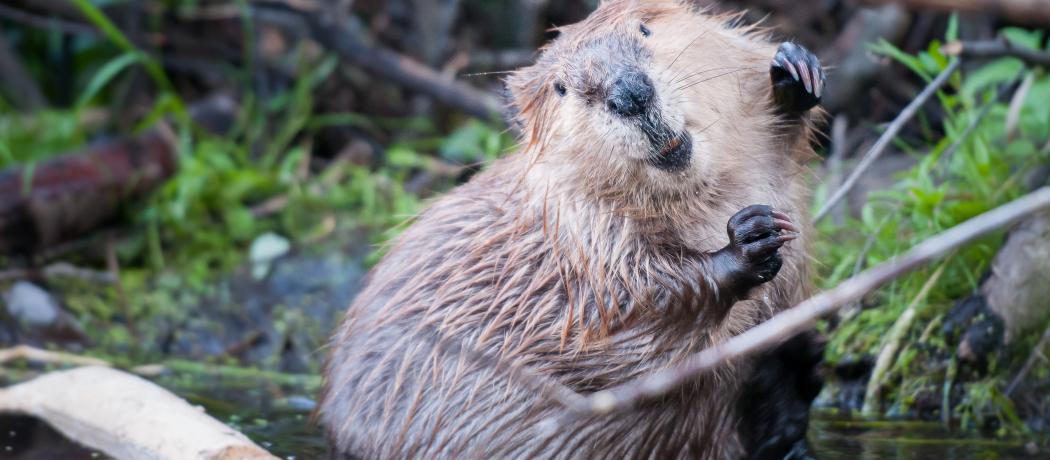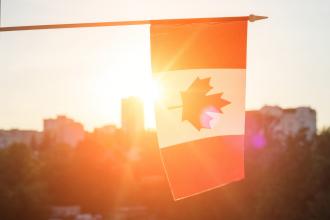Originally called Dominion Day, Canada Day is a statutory holiday that celebrates the unification of three North American British colonies. On 1 July 1867 the British North America Act joined New Brunswick, Nova Scotia, and Upper and Lower Canada (now the provinces of Ontario and Quebec), creating the unified Dominion of Canada. Today the country is made up of 13 provinces and territories.
I arrived in Canada from my native Hungary in 1947 as an 18-year-old immigrant, having been sponsored by distant relatives who immigrated to British Columbia in the early 1930s. I was in my second year of medicine at UBC when I became a Canadian citizen in 1952. In those days there were no exams to pass as a prerequisite for citizenship and there were no public swearing-in ceremonies. I had to make an appearance before a judge, who asked me how I was doing at school, and then I had to swear allegiance to the country. The judge shook my hand and handed me my official citizenship document. On parting he stopped me for a moment to ask, “What is one of Canada’s national symbols?” I was stumped, then hesitatingly I said, “The beaver.” He patted me on the shoulder and as he ushered me out of his office he said, “Be a good doctor.” When I got home I discovered that the beaver was not a national symbol.
I have been thinking about this with some nostalgia recently and reached for my books to check out the beaver’s current status in our great country. Canada’s official symbols now include the Royal Arms (1921), the motto “A Mari usque ad Mare” (1921), now updated to “from sea to sea to sea,” red and white as national colors (1921), the national flag (1965), the beaver (1975), the national anthem (1980), two national sports—lacrosse for summer and hockey for winter (1994), the maple as the national tree (1996), the Canadian horse (2002), and the national tartan (2011).
Unofficial symbols include the maple leaf (1700), the royal anthem: God Save the Queen (1745), the Royal Canadian Mounted Police (1920), and the C-a-n-a-d-a sign with the little flag over the last “a,” seen on the Canadarm on the space station (1981) and on most government documents.
The beaver, with its tragic history, is still my favorite symbol. In the 1600s and early 1700s European fashion demanded fur hats, and Canada, including present day British Columbia, was teeming with millions of beavers. By the mid-19th century Canada’s beaver population had been almost wiped out to satisfy the fashion fad. When fashion eventually changed—Europeans came to prefer silk hats (silk worms, beware!)—the hunt for beaver pelts stopped, along with the power of the Hudson’s Bay Company in what would become British Columbia. It wasn't until 1975 that the long-suffering beavers (the few of them that were left) were finally recognized by royal assent as one of the official symbols of the sovereignty of Canada.
Oh Canada! I love you.
—George Szasz, CM, MD
Suggested reading
The Old Farmer’s Almanac. Canada Day 2020. Accessed 24 June 2020. www.almanac.com/content/canada-day.
Wikipedia. National symbols of Canada. Accessed 24 June 2020. https://en.wikipedia.org/wiki/National_symbols_of_Canada
This post has not been peer reviewed by the BCMJ Editorial Board.


